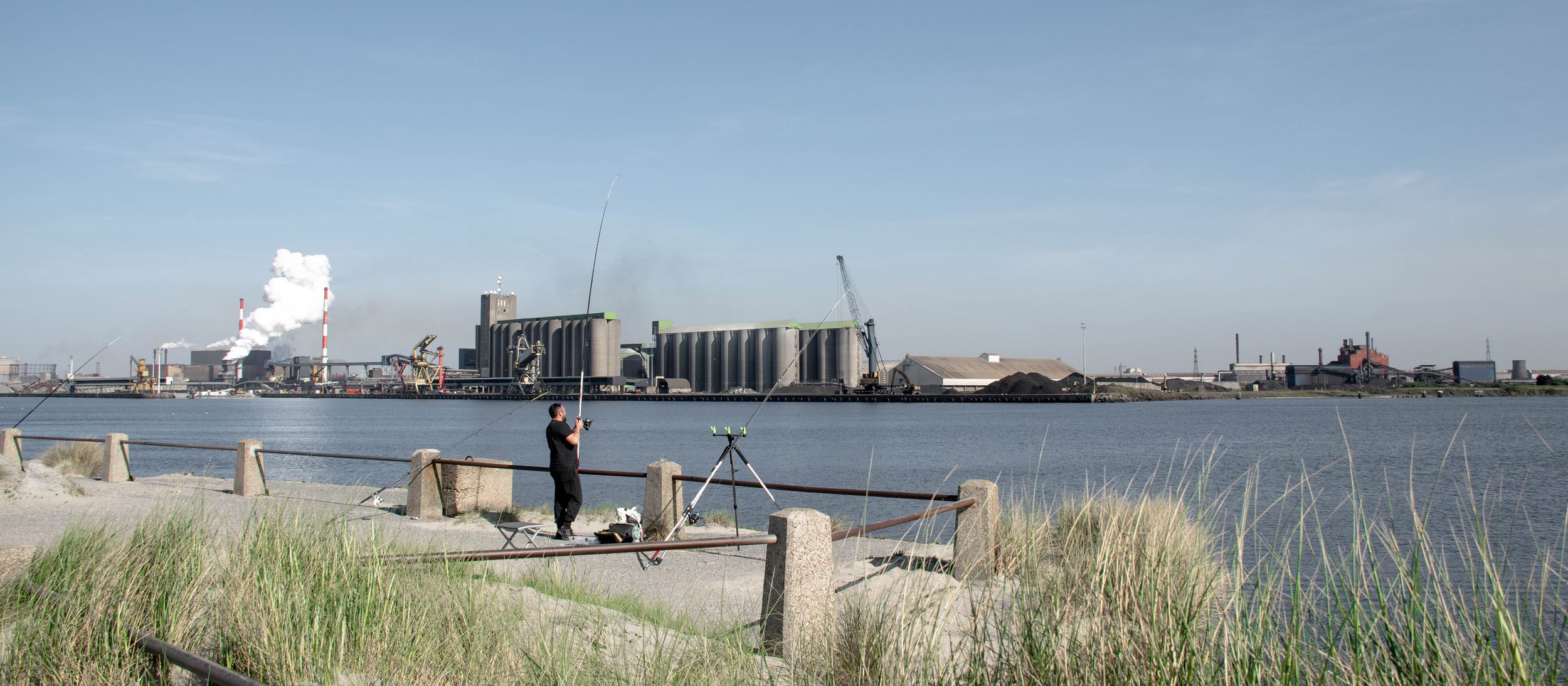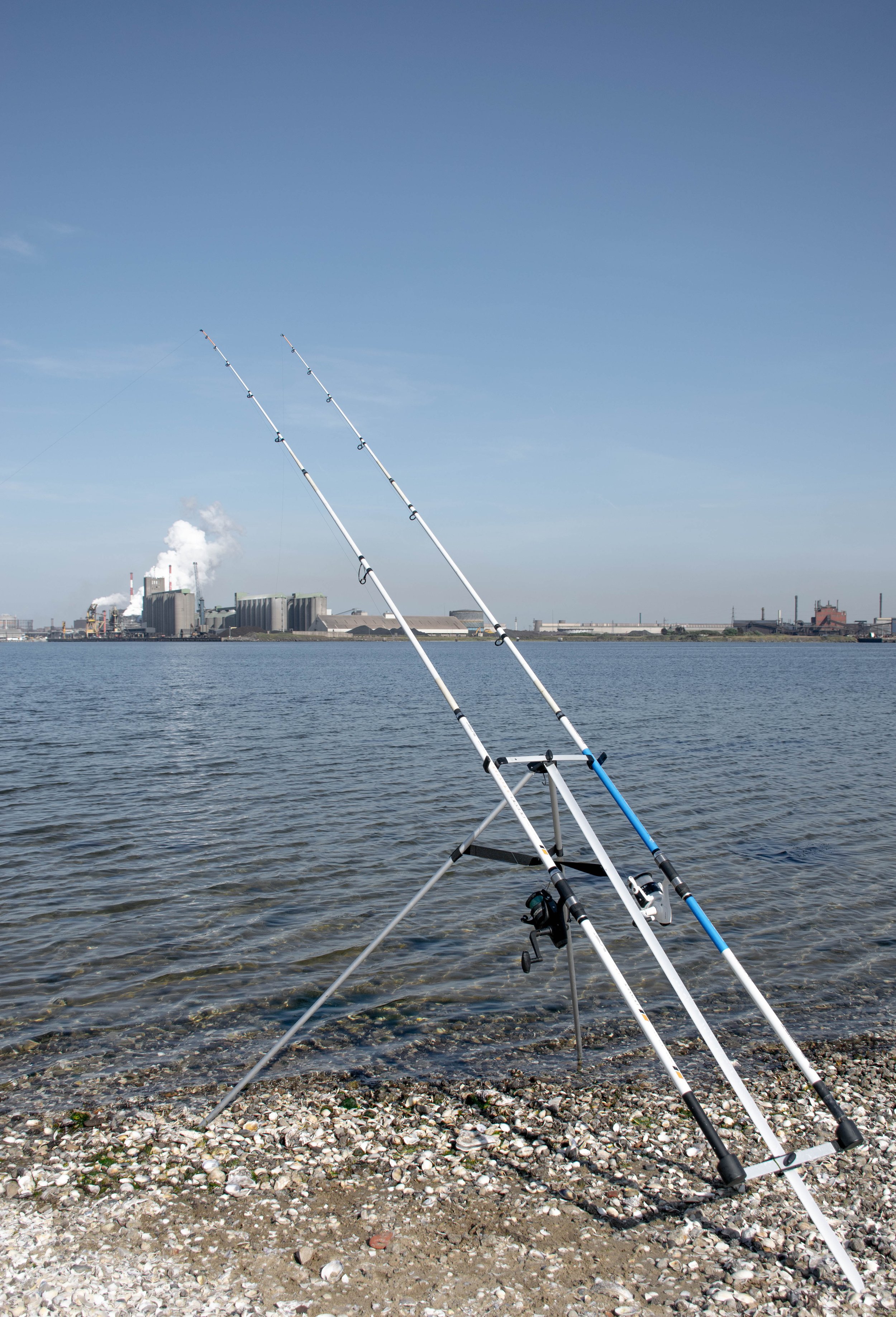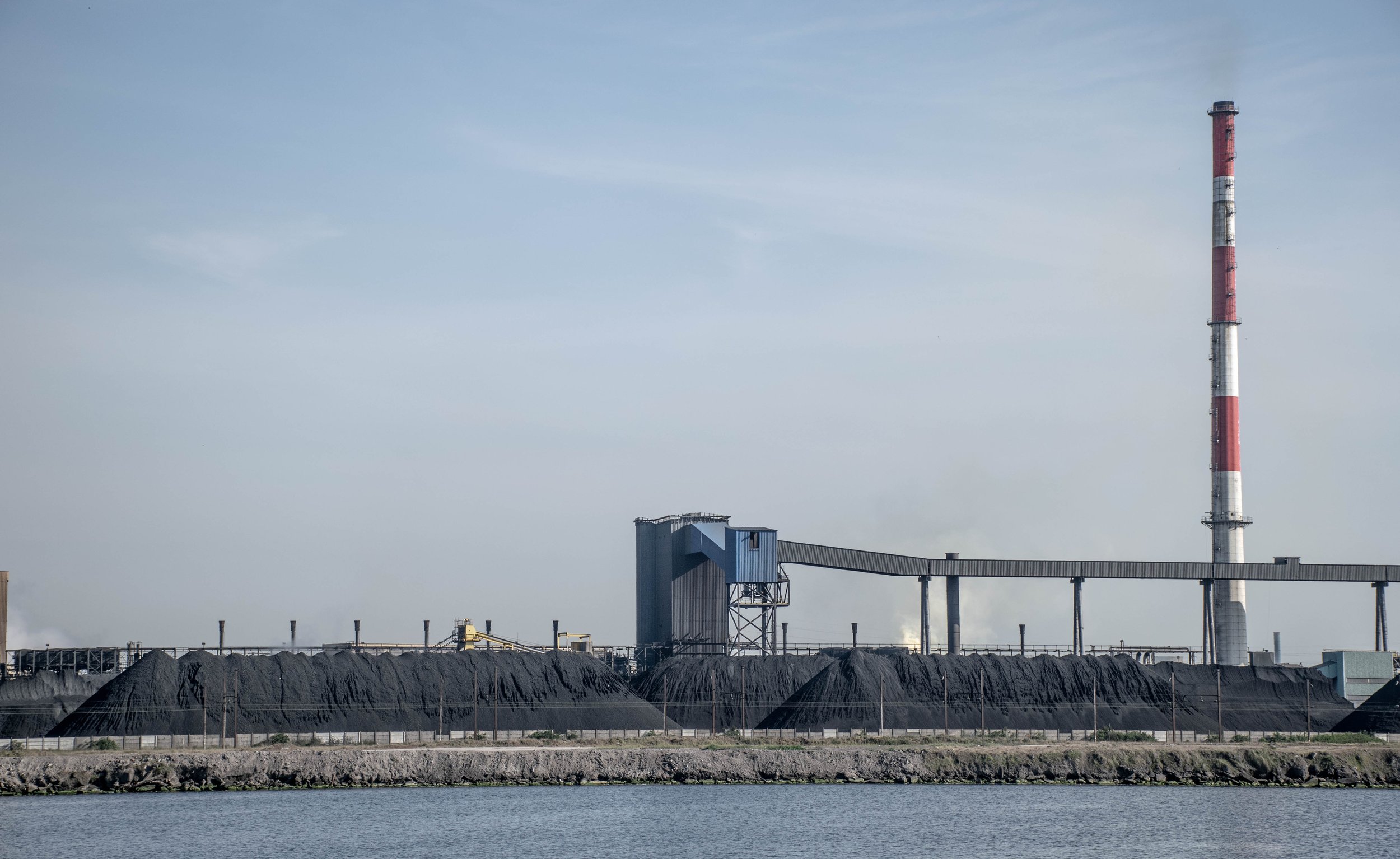
The furnaces of the world
Photographs of the port and industrial complex of Dunkirk, fantastic and monstrous creation of a resource-hungry world
"The furnaces of the world" really was the only thought that came to my mind while standing in front of this. it was the first time I saw "this" with my own eyes.
An complex organism whose cells are several tens of hectares each, occupied by superstructures bristling their smokestacks towards the sky, letting out sighs of smoke but working continuously, tireless, to never stop a vital production on which the world depends. They are actual genetically modified mitochondria
Here, a refinery with two enormous water tanks of 40 meters in diameter each, to cool the complex mechanics of this immense, noisy furnace, maintained in a fragile balance where every second circulate thousands of liters of substances, inside the thousands of interweaving metal pipes making up the ominous structure
On my way to Pas-De-Calais to camp on a beach, in a small and peaceful region I have grown fond of, I decided to go and see the city of Dunkirk, located an hour away, at the edge of our country. This city has always interested me: if France was a giant living organism, Dunkirk would be one of its mouths, swallowing and spitting out lots of things, and one of its motor muscles, producing lots of energy. This city is not the creation of chance but of its geographical position and its history, giving access from the sea to a highly populated and historically industrialized region. What I saw exceeded all expectations I could fathom.
Upon arrival, we are first welcomed by the largest nuclear power plant of Europe and its legions of pylons, high voltage lines bringing the "electricity magic" into the homes of millions of people. Then come the other industries, aluminum smelting plant, with their deserted surroundings but filled with hundreds of parked cars, empty shells stripped of the workers now busy working in the ant-hill, towered by smock stacks. Then, an oil refinery, coal depots, steel smelting industry, grain silos follow. All this, you must have read it on the internet because from the ground, these structures seem to me terrifyingly complex, intoxicating with secrets and as if threatening to explode at any moment.
Contrary to agriculture which produces a good that is part of life - one must eat to live - a good that varies according to the soils and climates of the world, these industrial spaces are identical all over the planet. They produce standardized, regulated goods, identical in every region, the same steel, the same gasoline, the same coal or gas energy, the same aluminum. The engines of cars and trucks work according to the same concepts in Bogota and in Tokyo, the rules of petrochemistry, as well as the huge complexes where they are brilliantly implemented, are the same in Sydney and in Lagos. In this place, the human being has no place: we move around by car and I feel observed when I stop to take pictures. Indeed, two minutes in front of the refinery is enough for me to be questioned by the security so that I delete the photos I took. I feel a tension in this place, a weird energy. I am torn between amazement, frank incredulity at the ingenuity of the installation and a feeling of fear, of anxiety, because indeed, the noise is terrible. A small kilometre from the steelworks, a constant monotonous noise occupies the space. The immense building is monochrome: its walls, ducts, chimneys, floor and piles of metal are all in shades of red and ochre, as if the factory had been carved out of a single block of rock, a modern megalith, a smoking and roaring monolith.
The smell is also taking over your sense when the wind blows in your direction. Even more frightening, as you approach, you see no one. It is an almost dreamlike place where I am the only observer of a strange scene that only dreams can offer us. Here and there, we see huge cranes filling even bigger boats, again without seeing anyone. Everything seems to go smoothly, unexpectedly well. When you start to forget this background noise that fills everything, a bang echoes in the refinery, followed by a few others, and then a smoke stack blows a plume of fluffy, cotton like white steam into the sky, so thick that you would expect it to destroy the neighboring stack in its path.
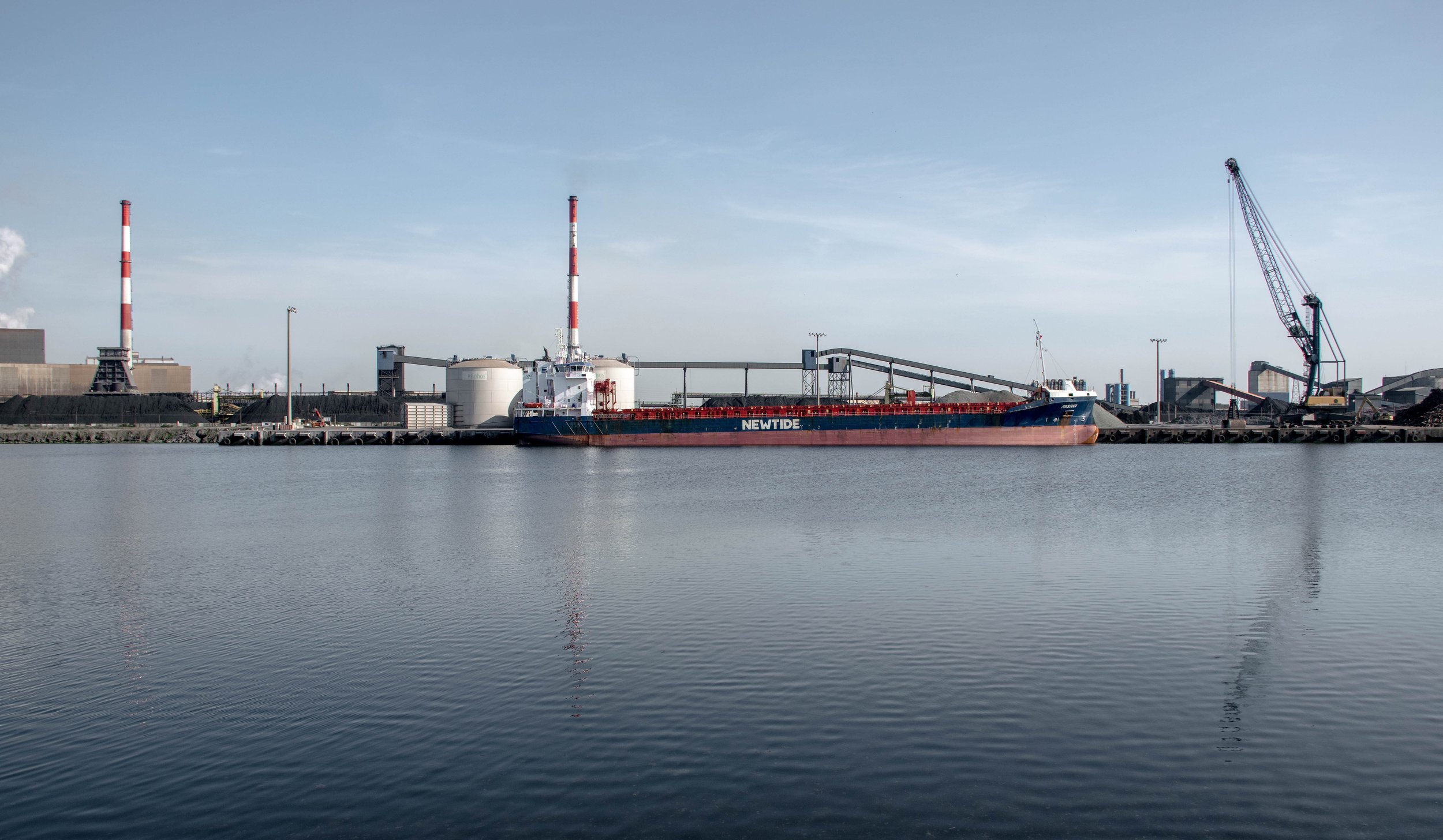

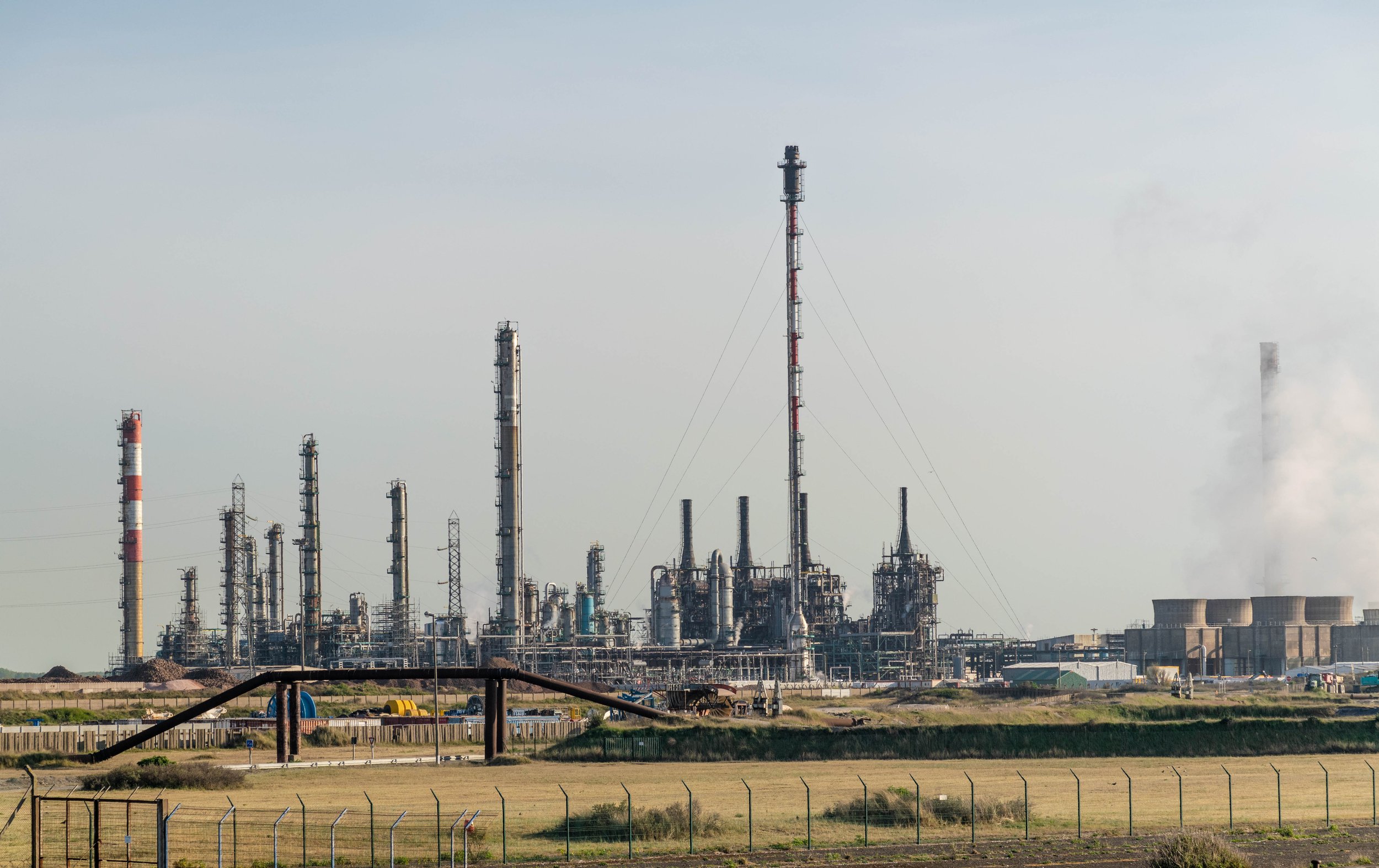



The other aspect that fascinates me as much as it anguishes me is the secrecy that subtly shrouds these superstructures, which are veiled in an aura of forbiddenness, a feeling bolstered by the panels, barbed wire and cameras that encircle these modern dungeons. I will probably never know what the inside of these magnificent furnaces looks like, where metal flows, where natural gas burns, where methane is transhipped in steel holds to Hong Kong, where aluminum is rolled, coal is piled up, natural gas is burned, gravel is crushed, gas is compressed, oil is boiled, evaporating to separate naphtha from kerosene in convoluted circuits. It is simply there that the founding bricks of modernity, gears and fuel of our contemporary world, are molded in a dizzying clash, swallowing water, soil, electricity and men.
If Paris, New York, Singapore and Dubai are the show, Dunkirk and other major ports and industrial or mining sites around the world are the backstage.
Extraction,
Mondialisation
Combustion
People do not realize to what extent each of their daily actions is conditioned, made possible by oil. More than any other resource, oil has become so important that to think of its extent is mind-boggling. We eat thanks to oil, we dress thanks to oil, our energy, even nuclear energy or coal powered plants, depend on a complex logistics that ultimately relies on oil, and of course, we move thanks to oil. Oil is a forgotten revolution. Take a minute to think about it: with a few liters of a yellowish, ordinary-looking liquid, it is made possible to move a two-ton vehicle with five passengers and their luggage hundreds of kilometers away at a speed unprecedented in history, let alone crossing our planet, the last geographic boundary shattered by oil, under a thunder of applause.
There are finally few places on earth that provide us with this precious "black gold", even if gold appears insignificant in comparison with the miracle that is oil. From these few places, which the industrials have been snatching up, boats full of the said liquid leave every day, boats of proportions that were unimaginable until very recently, sailing along vital axes, forming oceanic corridors, life lines, to supply the vital organs of humanity with this fuel, without which a state of total dysfunction would arise, leading to generalized chaos, asphyxiation.
Only one slight concern. Burning oil releases a gaseous compound that endangers all of humanity on the scale of a human lifetime.
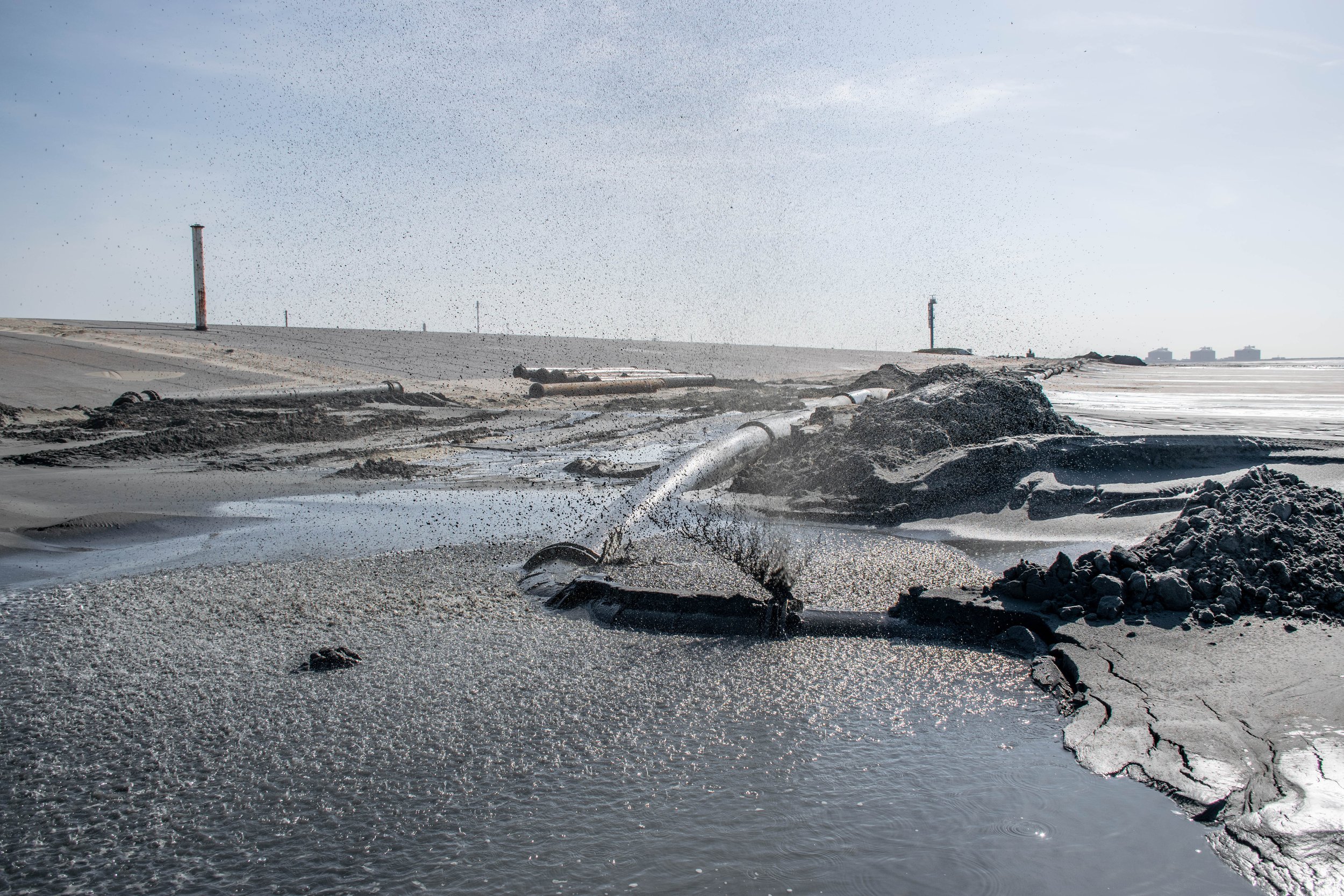
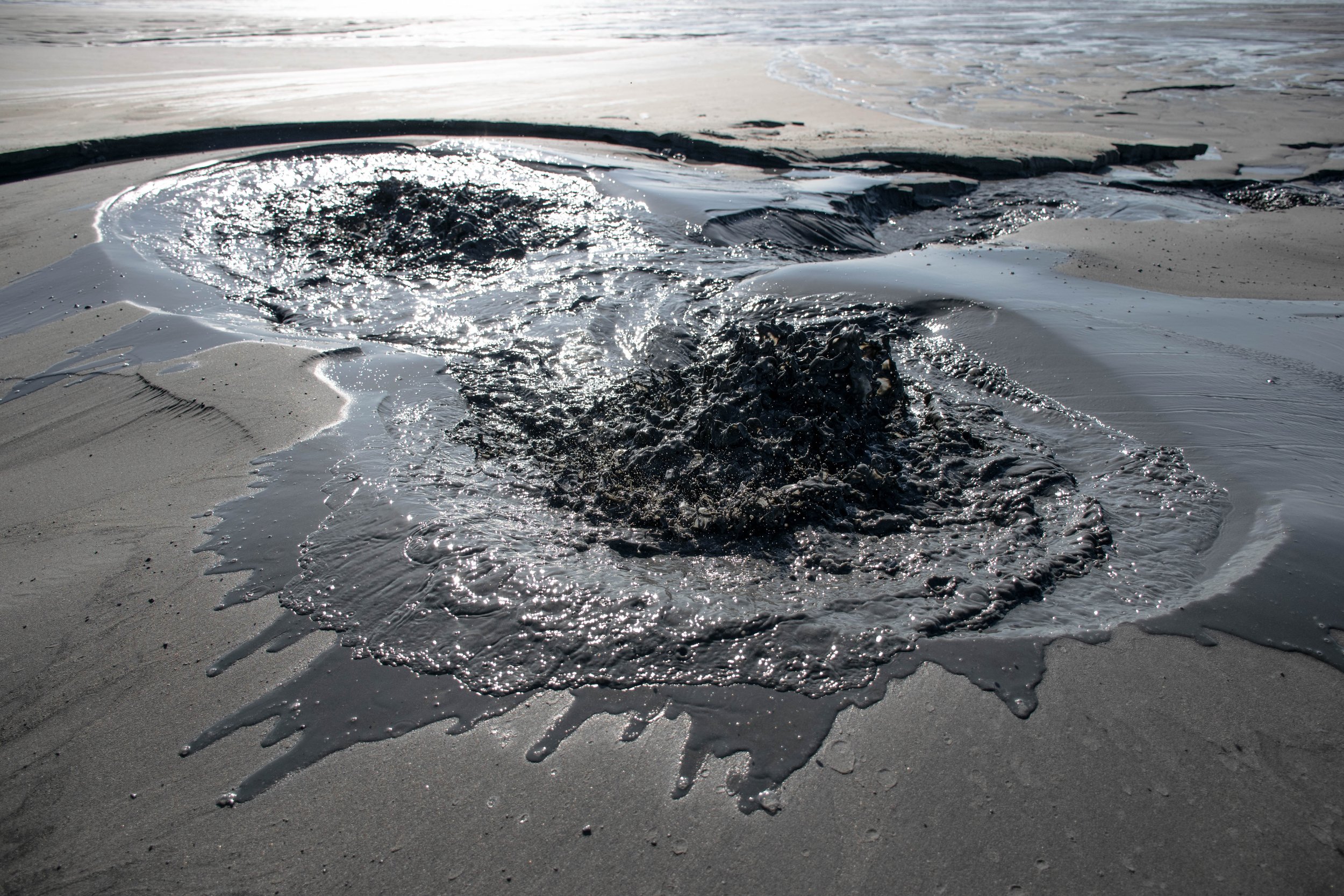

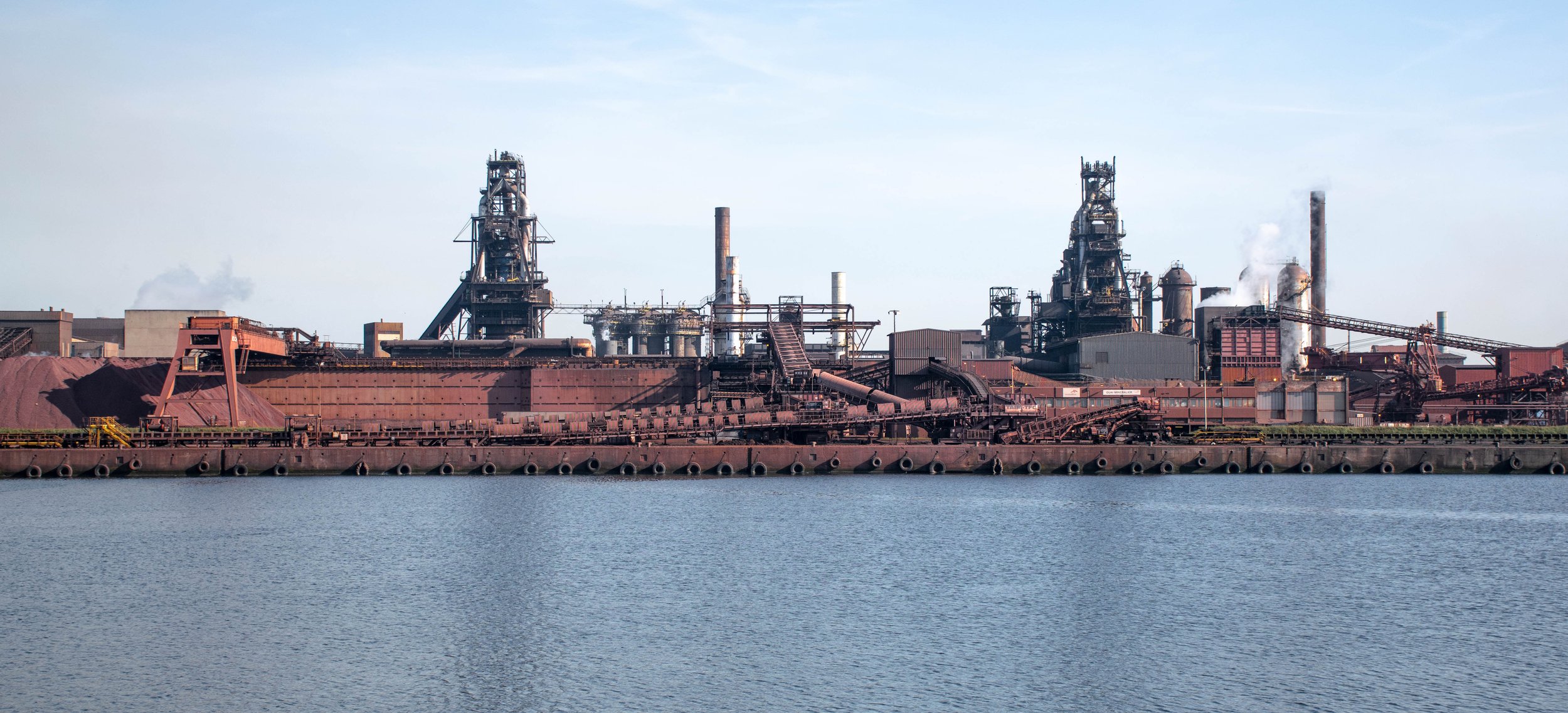
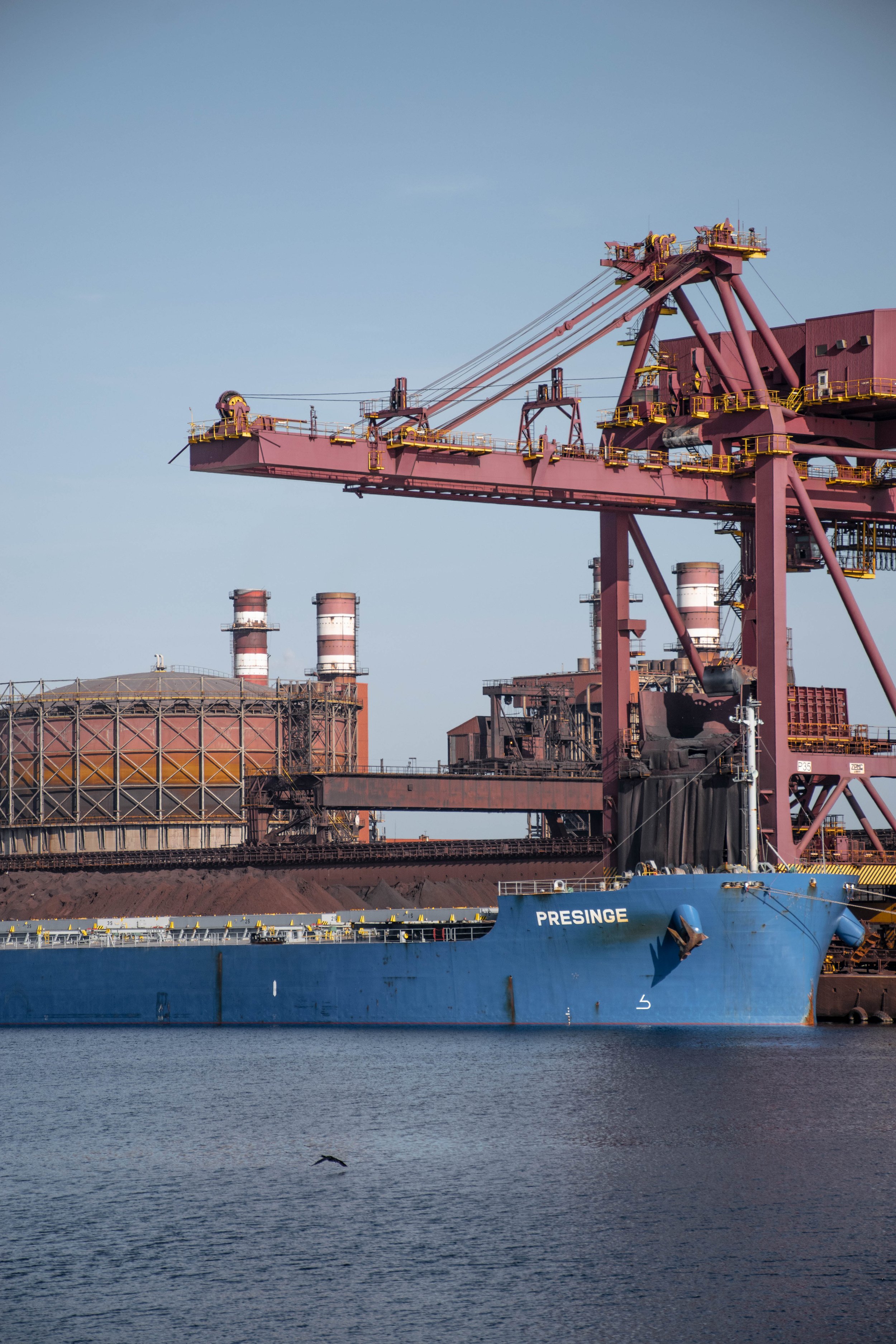

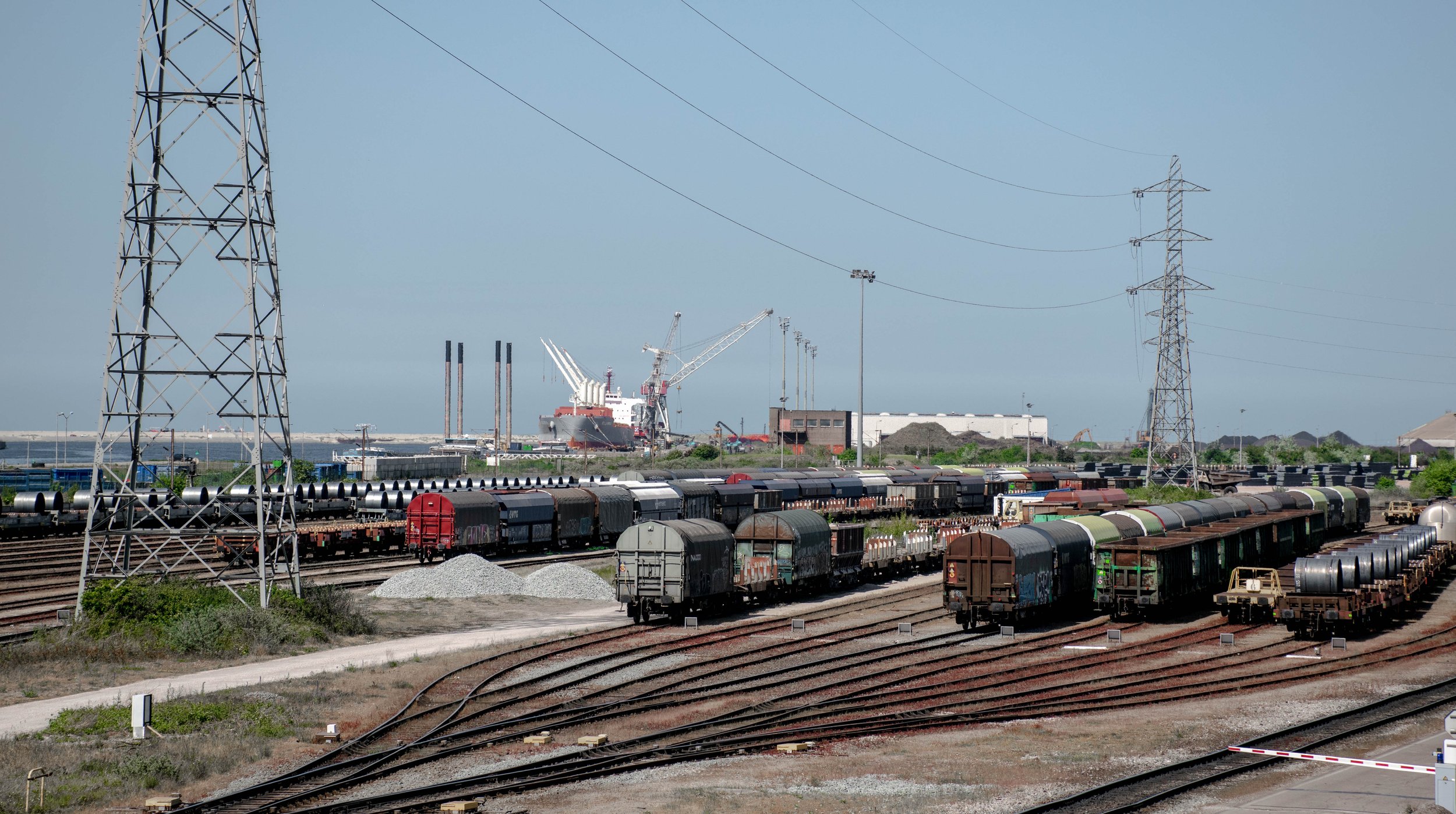
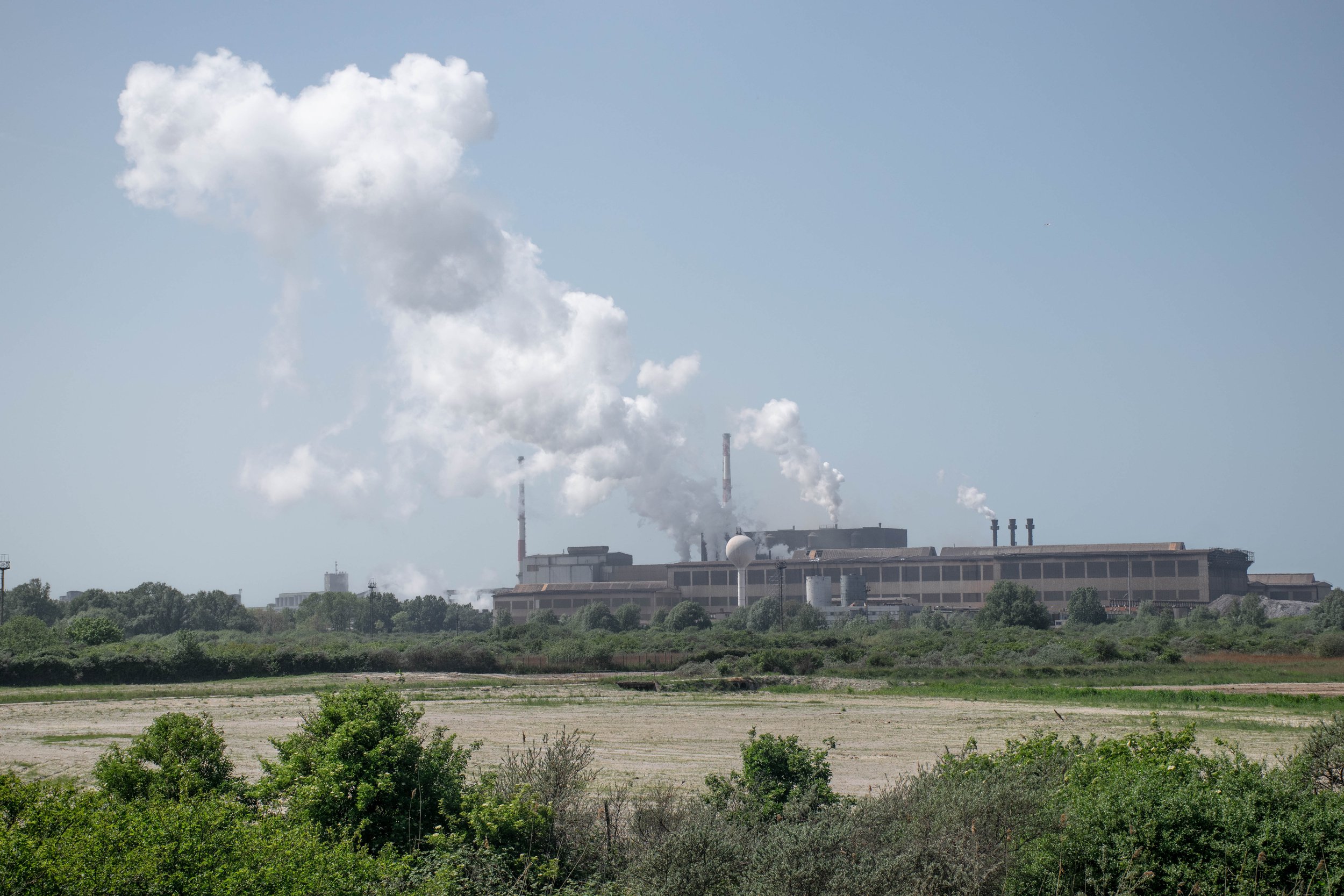
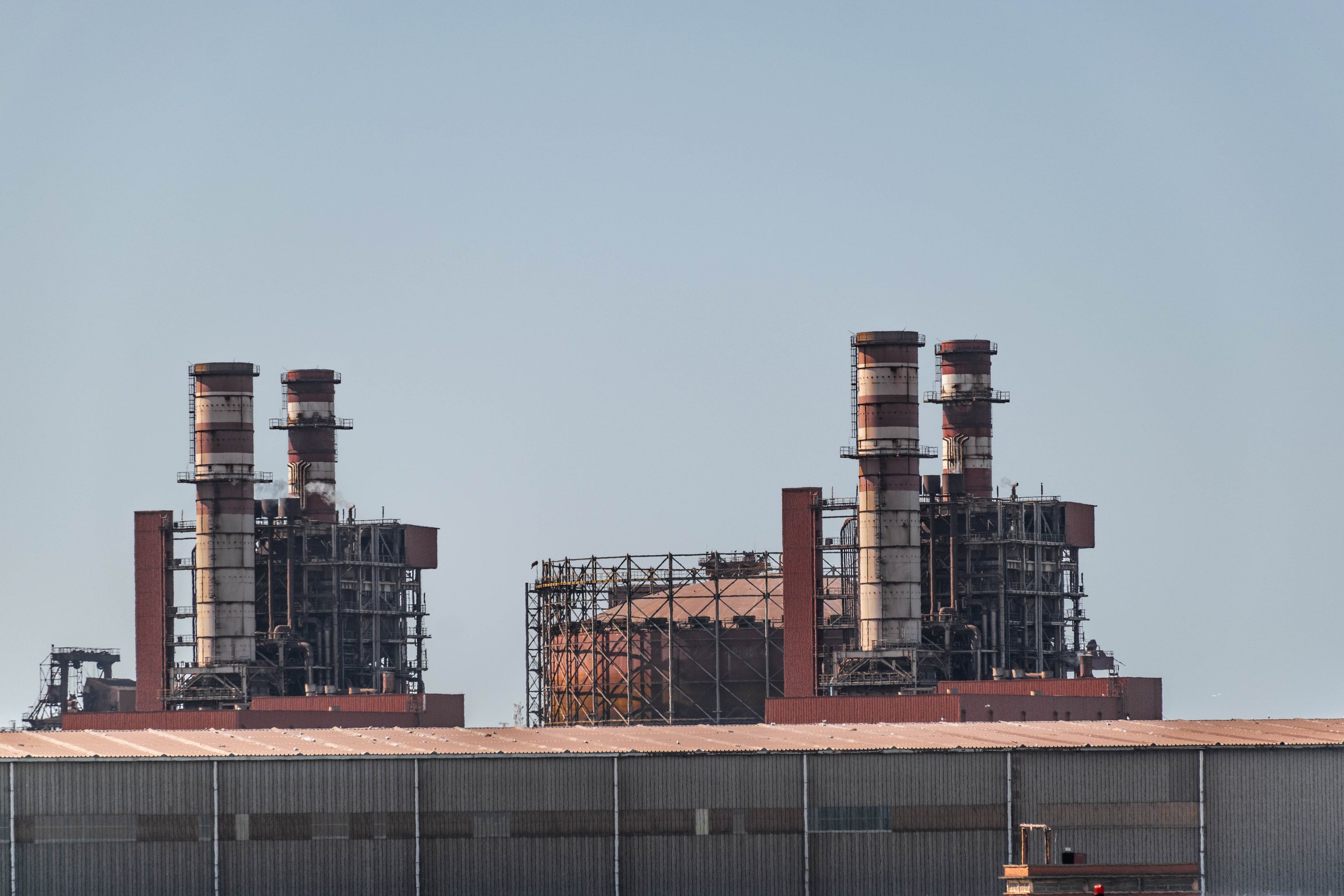

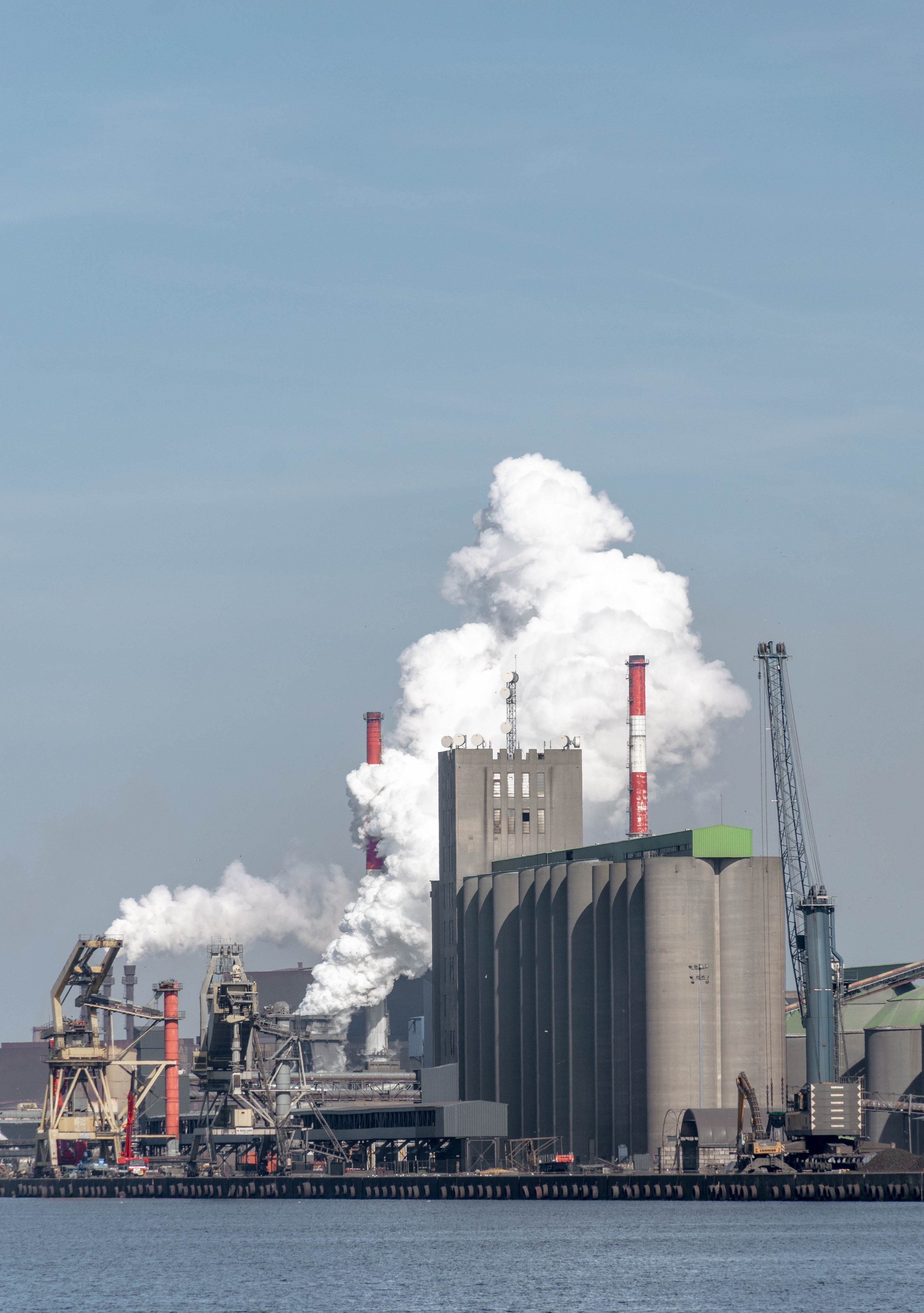
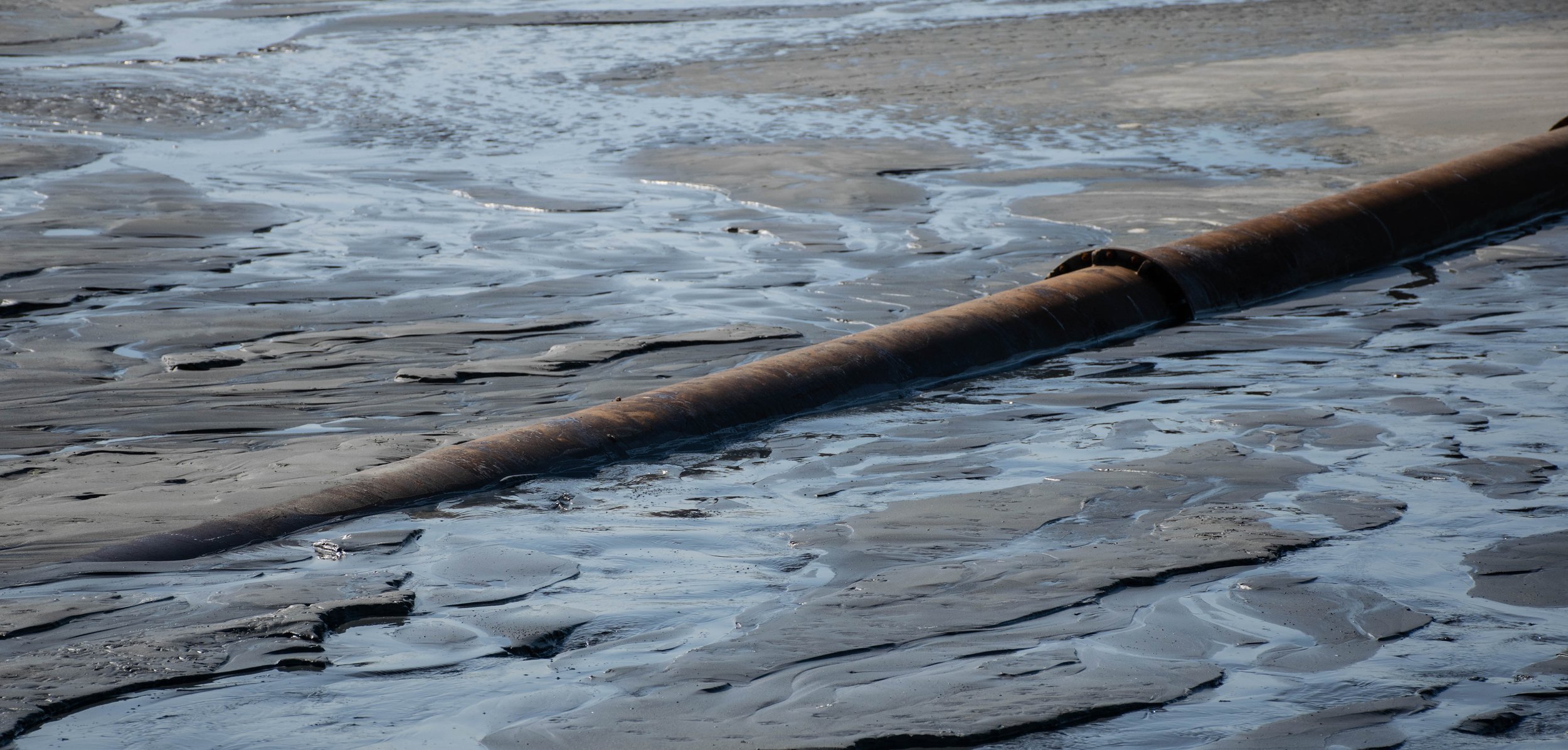
The coal feeds the coking plants, which feed the blast furnaces and steel mills, in short the metallurgy. I find steel mills particularly illustrative: the steel they produce is the most literal expression of the skeleton that heavy industry and its products constitute in the world economy today.
This skeleton can be found in every building within its internal structure, from the small apartment building to the business skyscraper, sometimes accommodating...metallurgy companies. The loop is complete. The interdependence of the many chains that make the world go round between each other is mind blowing.
Seeing from my phone screen this enormous machine whose intimacy I felt I was penetrating, seeing it alone among these piles of coals as old as the world, still leave me pensive. These proportions, these scenes, this environment, these sounds: it is undoubtedly the landscape for which we are the least prepared, psychologically, to face. Our instinctive reference points are shattered.
According to some theories, the human brain has a positive bias for savannah landscapes. Evolution explains this: savannah landscapes combine water, trees, grasses and fruits, open landscapes (danger can be anticipated) and the presence of animals to hunt. It is therefore difficult to imagine a landscape more opposite to this "ideal" setting than steel mills, coal depots and refineries.
At the end of the arm of this chimera on rails, there is a rotating shovel with a bucket that turns and takes away kilos and kilos of the precious black ore to feed the insatiable belly of the industry, ore which will disappear in the bowels of an ochre and metallic complex, to undergo a magnificent metamorphosis through fire.

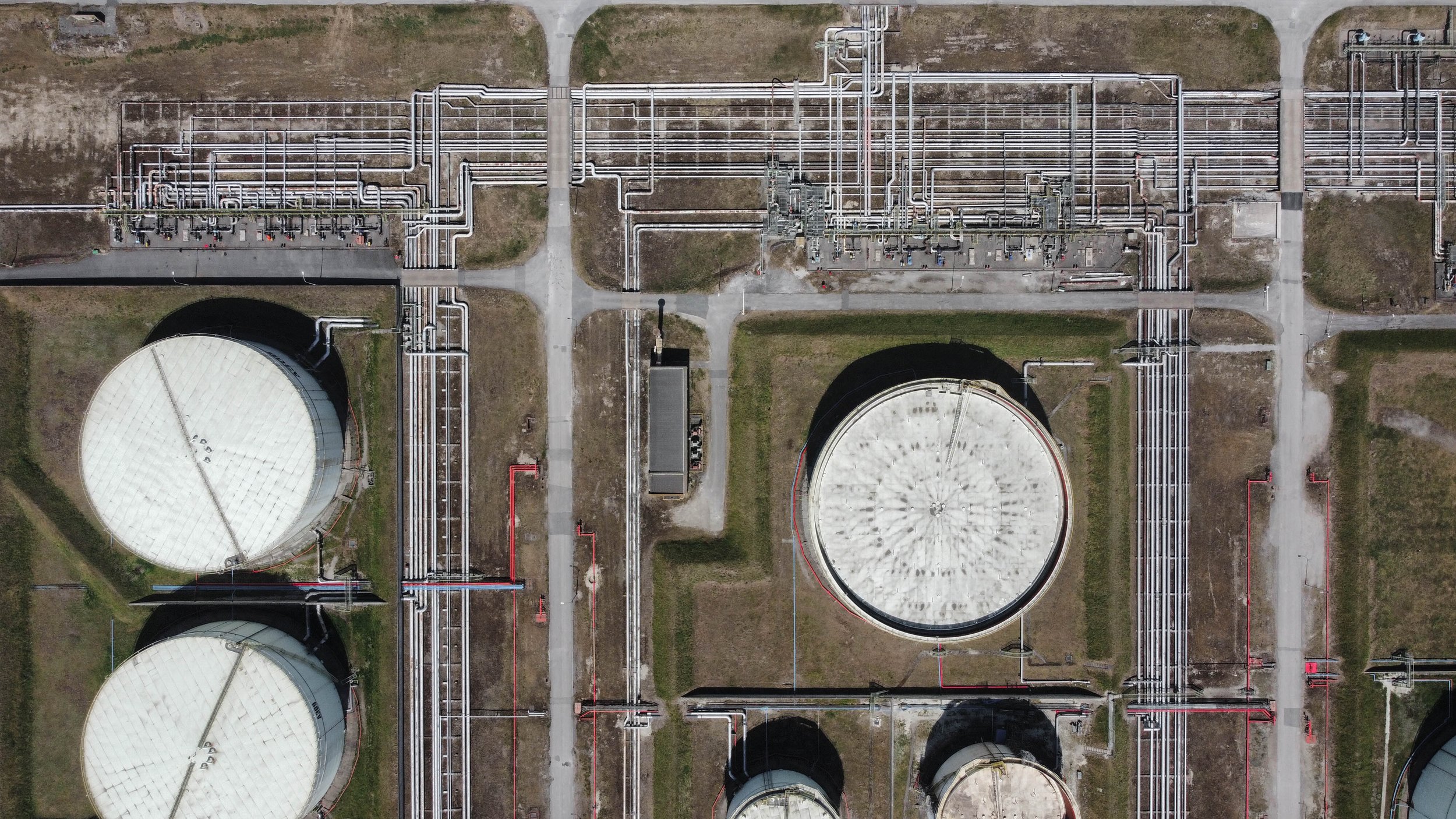





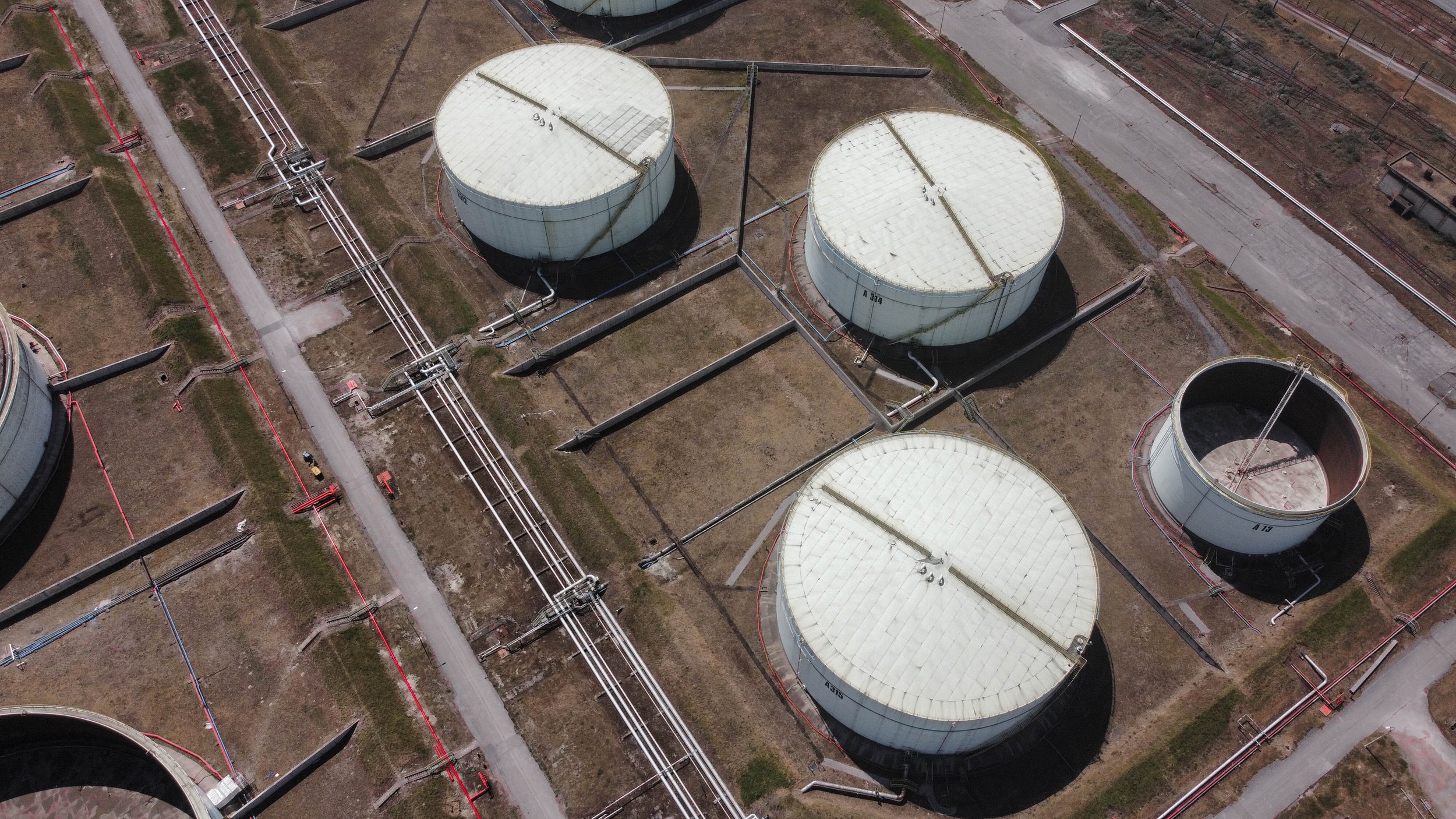


Finally, two photos of a surreal vision for me - as I am a soul virgin of any industry- that of several local fishermen casually indulging in their hobby, surrounded by oil terminals, grain silos and various factories, under a gray veil in the sky. "It's less busy here" - compared to the main beach - they tell me.
Man is a very adaptable species after all.






